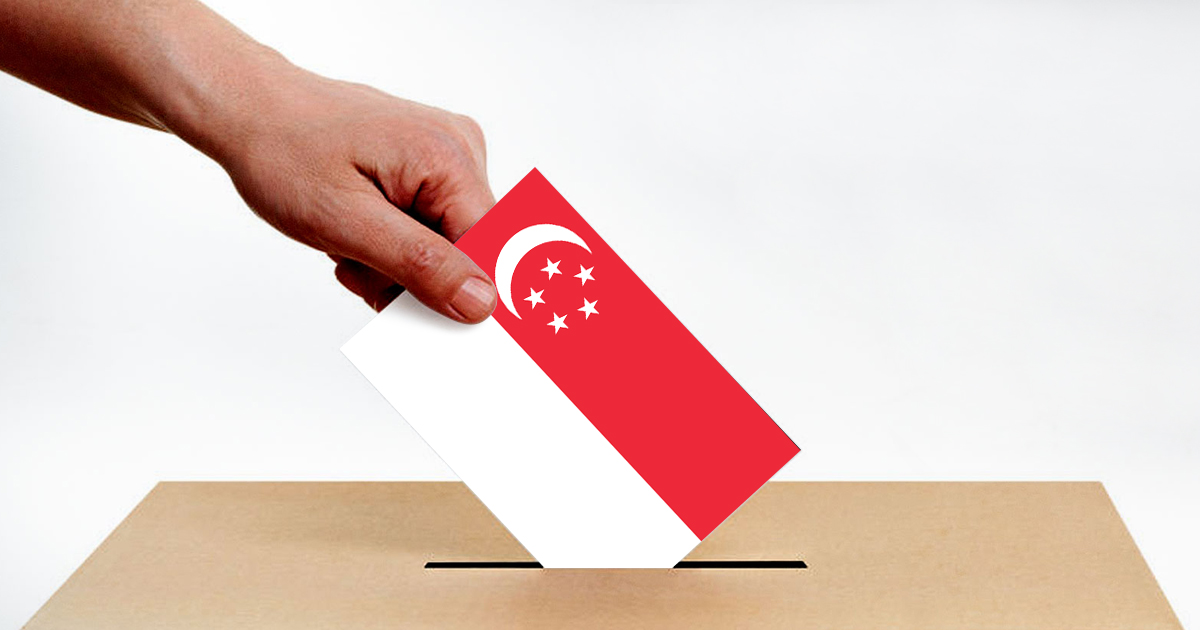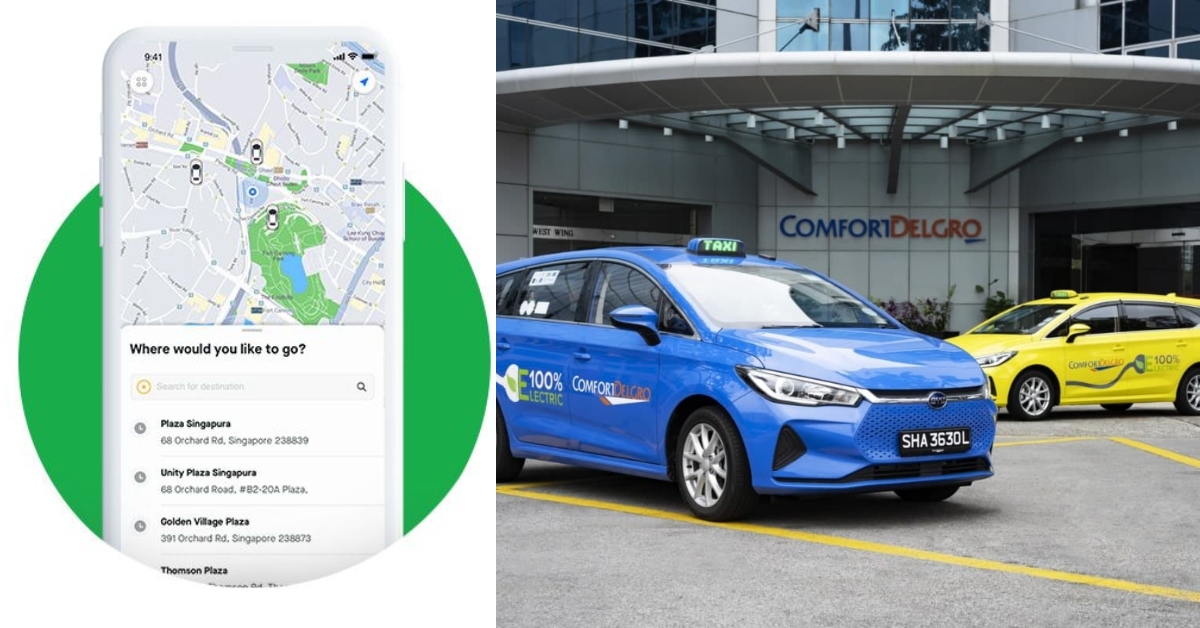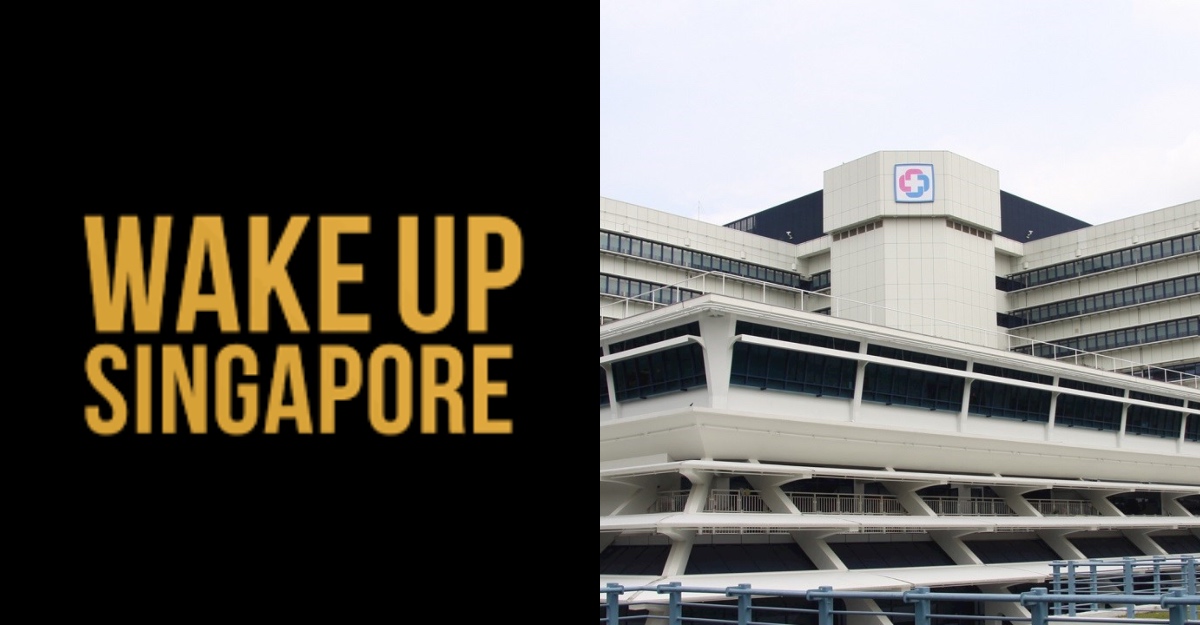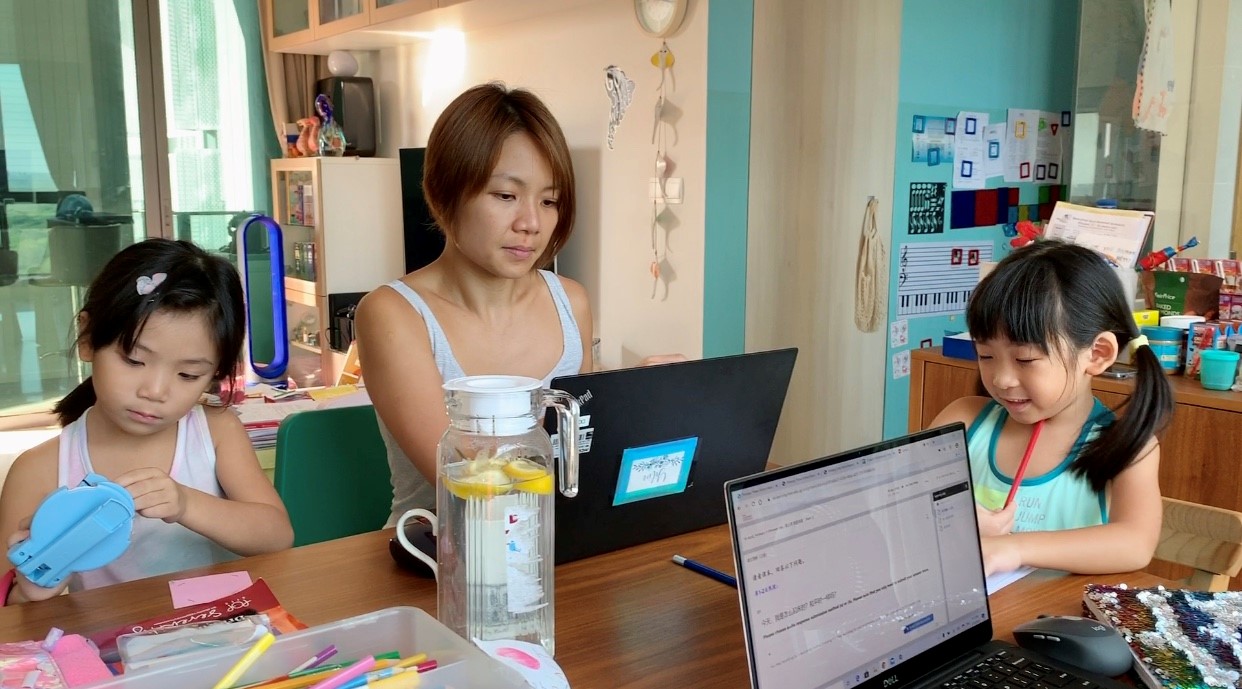On 13 March, changes to Singapore’s electoral boundaries were announced.
A new Sengkang GRC (Group Represented Constituency) and four new SMCs (Single Member Constituency), Kebun Baru, Marymount, Punggol West and Yio Chu Kang, have emerged.
On the other hand, three existing SMCs Fengshan, Punggol East and Sengkang West are removed.
Ang Mo Kio and Pasir Ris-Punggol, the two largest GRCs with six members each, will be reduced to five members, while East Coast and West Coast GRCs will increase from four to five members.
Typically, this allocation of electoral divisions marks the first step that unfolds a series of events leading up to polling day.
Once this announcement is out, all of Singapore gets mentally prepared that a General Election (GE) is upon us very soon.
But what exactly happens between now and then? If you’re unsure about Singapore’s electoral process, here is a rundown to help you understand.
Electoral Boundaries Review Committee Report

Even before you read about updated electoral boundaries in the news, a committee was formed a few months ago to propose these changes in preparation for the coming GE.
This is called the Electoral Boundaries Review Committee (EBRC), which is made up of five civil servants appointed by the Prime Minister.
They are called together to review the current electoral divisions and discuss if any changes need to be made, based on how voter populations have shifted since the previous election.
The EBRC presents their report in Parliament, then their recommendations can be accepted and released to the public.
Parliament Is Dissolved

Following this, the entire election period really begins when the President dissolves the Parliament, on the Prime Minister’s advice.
The President then also issues the Writ of Election, a document stating the date and place to conduct the nomination of candidates.
This Writ of Election officially directs the Returning Officer to hold an election.
Nomination Day
Nomination Day happens five days to one month after the Writ of Election is issued.
On Nomination Day, hopeful candidates must submit their nomination papers and certificates to the Returning Officer in person between 11am and 12pm.
They also have to pay an election deposit (8 per cent of the total allowances paid to MPs in the preceding year) before submitting their nominations.
At 12pm, candidates get half an hour to study one another’s applications and raise any objections they have to the Returning Officer.
When nomination is closed, SMCs that have more than one candidate nominated and GRCs with more than one group of candidates nominated will be contested for.
If only one candidate or group of candidates remains nominated in any SMC or GRC, they win by default (also called a walkover).
Notice Of Contested Election
With all candidates confirmed, the Returning Officer will issue a notice of contested elections.
This informs the public about the candidates who are running for each SMC and GRC, the date of Polling Day, and the locations of all polling stations.
Polling Day has to fall between 10 and 56 days after this notice is issued.
Campaigning

Candidates can start campaigning immediately after the notice of contested election is issued.
During this time, they can seek permits from the Commissioner of Police to hold rallies. They are also allowed to campaign online through platforms like apps, websites, forums and social media.
Campaigning will stop one day before Polling Day. This is known as the Cooling-off Day, a 24-hour silence period meant to allow voters to reflect on issues that were raised.
Polling Day

On Polling Day, qualified voters go to their polling stations to cast their votes any time between 8am and 8pm. Polling Day is a public holiday by law.
Singaporeans who are overseas and have registered as overseas electors will also cast their votes.
Due to time differences, they might start voting earlier than electors in Singapore, but overseas polling must be closed before polling ends in Singapore.
Counting Of Votes
After polling stations are closed, ballot boxes are sealed and transported to their respective counting centres.
The counting process starts with a sample count to provide an early indication of the possible outcome for each electoral division.
Counting of votes is conducted in the presence of the candidates or their counting agents. In the event that the difference in the number of votes between two parties is 2 per cent or less, candidates may request for a recount.
After the votes are consolidated, the Returning Officer concludes whether overseas votes will have any impact on the results.
If overseas votes may potentially change the result in a particular SMC or GRC, the Returning Officer will declare that the results for that division are inconclusive until overseas votes have been brought back to Singapore and counted.
In divisions where overseas votes will not impact the result, the Returning Officer can immediately declare which candidate or candidates have been elected.
The final results will be published in the Singapore Government Gazette.
Elected Candidates Form The Parliament
Elected candidates for every electoral division will take their seats as Members of Parliament (MP).
If one political party holds more than 50 per cent of the seats in Parliament, the MPs of that party will form Singapore’s Government.
If there is no political party holding more than 50 per cent of the seats in Parliament, two or more parties may form a coalition government, or a smaller party may form a minority government.
Featured Image Credit: Gov.sg / Vulcan Post








